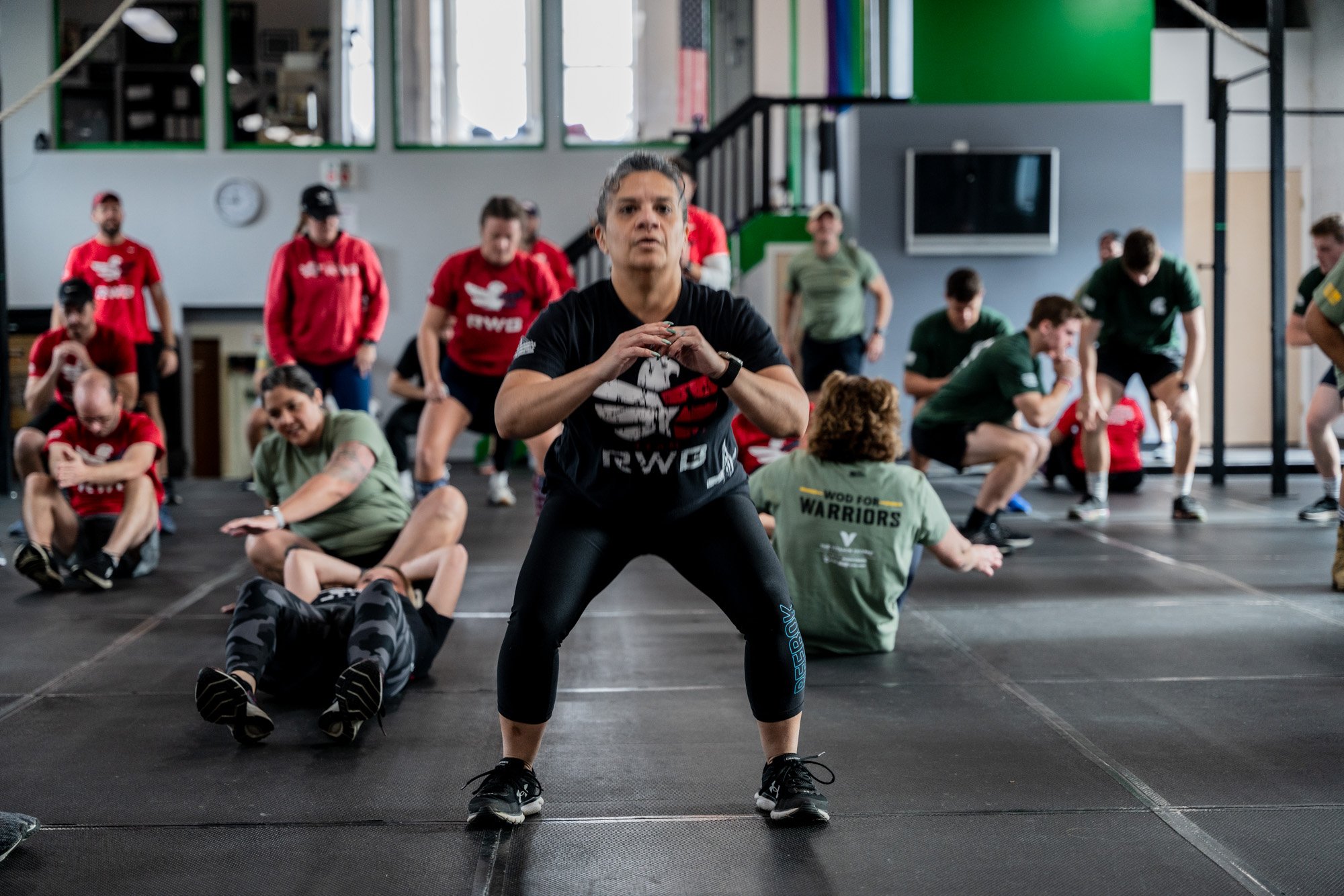What is Functional Fitness?
Raise your hand if you’ve ever felt intimidated going to the gym for the first time. Ok, now everyone, put your hands down.
We’ve all been there. It’s hard to get back into the workout routine when you’ve fallen off the bandwagon - our members tell us that’s especially true after leaving the military.
The struggle to hop back on the bandwagon only intensifies when you think about going to the gym or hear phrases like “functional fitness” from coaches and crossfit bros. We get it. We got you.
Here’s everything you need to know about functional fitness to help you get back in the game.
Functional Fitness
At its core, functional fitness, or functional fitness training, is designed to help us perform better at everyday tasks. These tasks can include bending over to pick up something off the floor, lifting a heavy object, walking upstairs, or carrying a load of groceries in from the car. Think of functional fitness as a way of building strength, endurance, and mobility to make your daily life easier.
Functional fitness is different from traditional gym workouts that tend to isolate a specific muscle or muscle group. Instead, it prioritizes movements that mimic real-life activities.
Key Components of Functional Fitness Training
Complex Movement
Functional fitness places a strong emphasis on engaging multiple joints and muscle groups simultaneously. Exercises such as squats, lunges, and deadlifts, which involve various joints and muscle groups working together. The reason? It helps improve coordination while building overall strength.
Balance and Stability
Functional fitness puts a lot of emphasis on balance and stability exercises. These activities, which may involve standing on one leg or using stability balls, help build better body awareness and control. Strengthening these foundational aspects helps prevent injuries, especially as we age.
Real-Life Scenarios
Functional fitness workouts prioritize movements that mimic real-life activities. Whether it's carrying your children or grandchildren, bending to tie your shoes, or doing yardwork, functional fitness exercises help you maintain the ability to do these activities.
Benefits of Functional Fitness
Injury Prevention
By focusing on complex movements, balance, and stability training, functional fitness helps improve muscle coordination and reduce the risk of injury.
Increased Core Strength
The core plays a pivotal role in stabilizing the body. Functional fitness places a strong emphasis on core engagement during exercise which helps build core strength and improve your posture.
Adaptable for All Fitness Levels
Functional fitness can be adapted to accommodate individuals of all fitness levels. Whether you're a beginner or an experienced athlete, the principles of functional fitness can be tailored to meet your specific needs and goals.
Functional fitness training helps build a foundation of strength, flexibility, and balance that extends beyond the confines of the gym. It may sound intimidating, but it’s not. It’s an easy way to get headed toward a healthier and more active lifestyle.
Ready to up your functional fitness game?
Join the Functional Fitness Activity Group in the Team RWB Member App and connect with service members from all branches and eras. They share workouts, tips and information to help you achieve your fitness goals.


